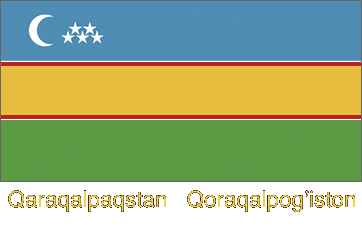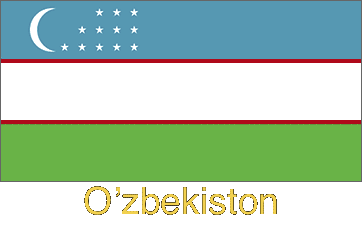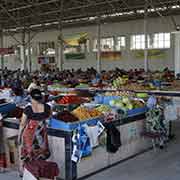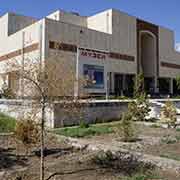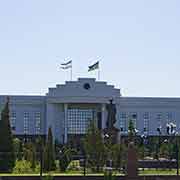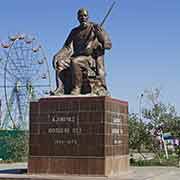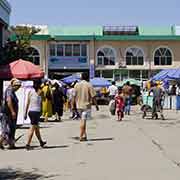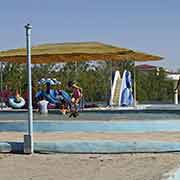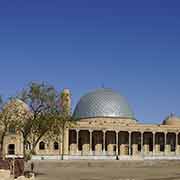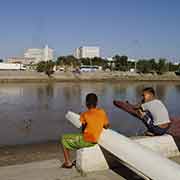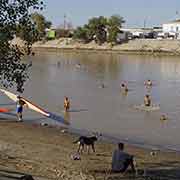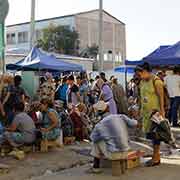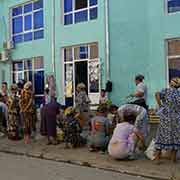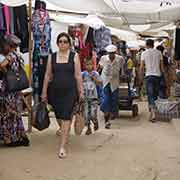Photos of Nukus, capital of Karakalpakstan, Uzbekistan
Nukus, capital of Karakalpakstan
Nukus (No'kis in Karakalpak) is the capital of the autonomous Karakalpakstan Republic and the sixth-largest city in Uzbekistan, with a population of around 230,000. Its name comes from the old tribal name of the Uzbeks, Nukus. It developed from a small settlement in 1932 into a large, modern Soviet city with broad avenues and big public buildings by the 1950s. It is along the Amu Darya river and local youths do swim in it and paddle kayaks.
you may then send it as a postcard if you wish.
The city hosts the fantastic Nukus Museum of Art, named after I.V. Savitsky is an art museum based in Nukus, Uzbekistan. Opened in 1966, the museum houses a collection of over 82,000 items, ranging from antiquities from Khorezm to Karakalpak folk art, Uzbek fine art and, uniquely, the second largest collection of Russian avant-garde in the world: although Stalin tried to eliminate this kind of art and most artists were sent to the gulag, this collection by Savitsky was saved because of the remoteness of this place.
Nukus was host to the Red Army's Chemical Research Institute, a major research and testing centre for chemical weapons, including Novichok, the deadliest nerve agent ever made, developed between 1971 and 1993 and used in the poisoning of the former GRU officer Sergei Skripal and his daughter in England, 2018. In 2002 the U.S. Department of Defence dismantled the Chemical Research Institute.
